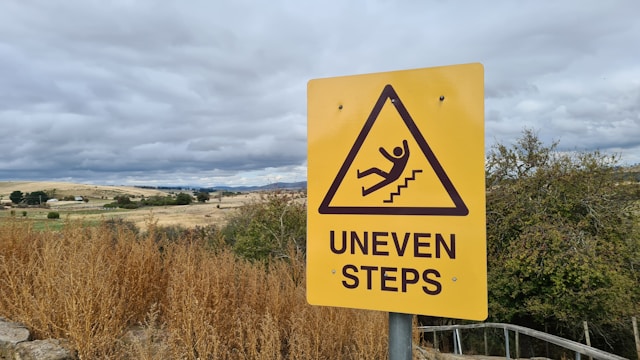
In the hustle and bustle of everyday life, slip and fall accidents are often dismissed as minor mishaps. Yet, beneath the surface lies a hidden danger that can have profound and lasting consequences: brain injuries. Let’s explore the realities of brain injuries resulting from slip and fall accidents and the importance of recognizing and addressing these often-overlooked injuries.
The Impact of Slip and Fall Accidents:
Slip and fall accidents are among the leading causes of non-fatal injuries worldwide, affecting people of all ages and walks of life. While many of these incidents result in minor bruises or sprains, the force of impact involved in a fall can also pose a significant risk to the brain.
Understanding Traumatic Brain Injury (TBI):
Traumatic brain injury (TBI) occurs when an external force causes injury to the brain, disrupting normal function. In the context of slip and fall accidents, TBIs can range from mild concussions to more severe forms of injury, such as contusions or hemorrhages.
The Spectrum of Brain Injury Symptoms:
Symptoms of brain injuries resulting from slip and fall accidents can vary widely and may include:
- Headaches
- Dizziness or vertigo
- Confusion or disorientation
- Memory problems
- Changes in mood or behavior
- Sensory disturbances, such as blurred vision or ringing in the ears
- Difficulty concentrating or processing information
These symptoms may manifest immediately following the accident or develop gradually over time. In some cases, individuals may not even realize they’ve sustained a brain injury, as symptoms can be subtle or masked by other injuries sustained in the fall.
The Importance of Prompt Diagnosis and Treatment:
Prompt diagnosis and treatment are crucial when it comes to brain injuries resulting from slip and fall accidents. Even seemingly minor injuries can have significant implications for brain health and function if left untreated.
Seeking medical attention following a slip and fall accident, especially if there was any impact to the head, is essential. A thorough evaluation by a healthcare professional trained in recognizing and managing brain injuries can help ensure proper diagnosis and treatment. This may include imaging tests, such as CT scans or MRIs, to assess the extent of brain damage and guide treatment decisions.
Navigating the Road to Recovery:
Recovery from a brain injury can be a complex and unpredictable journey. While some individuals may recover fully with rest and rehabilitation, others may experience lingering symptoms that persist for months or even years. Factors such as the severity of the injury, individual resilience, and access to appropriate medical care can all influence the recovery process.
Raising Awareness and Preventing Future Injuries:
Raising awareness about the risks and consequences of brain injuries resulting from slip and fall accidents is essential for prompt recognition and intervention. Education campaigns aimed at the general public, caregivers, and healthcare providers can help dispel myths surrounding brain injuries and encourage proactive measures to prevent and manage these injuries effectively.
Promoting safer environments, implementing preventive measures such as non-slip surfaces and handrails, and advocating for proper footwear and mobility aids are essential steps in reducing the incidence and severity of slip and fall accidents and their associated brain injuries.
Conclusion:
Slip and fall accidents may seem innocuous at first glance, but they can have far-reaching consequences, particularly when it comes to brain injuries. By understanding the risks, recognizing the symptoms, and taking proactive measures to prevent and address these injuries, we can strive to protect the brain health and well-being of individuals in our communities.
